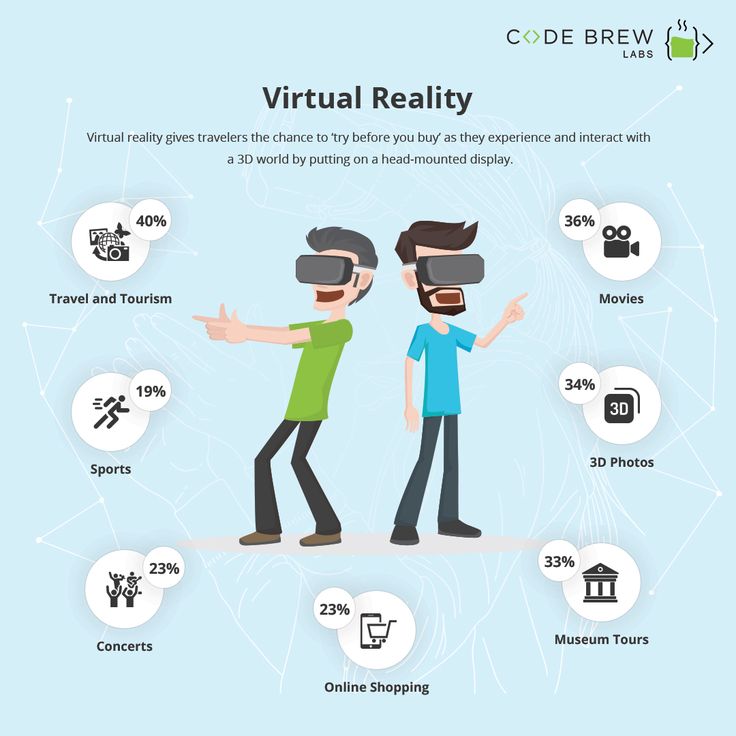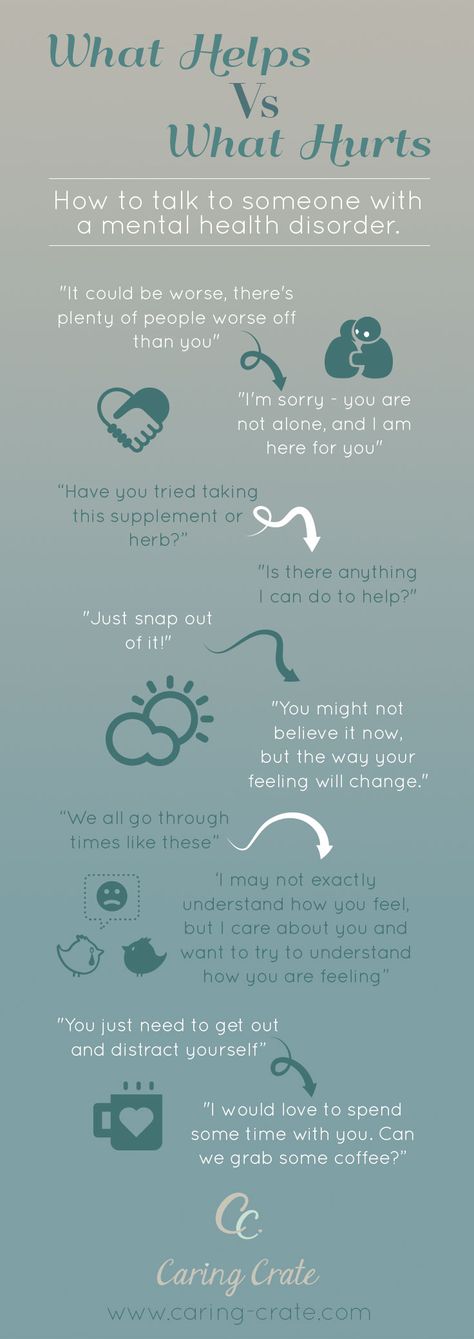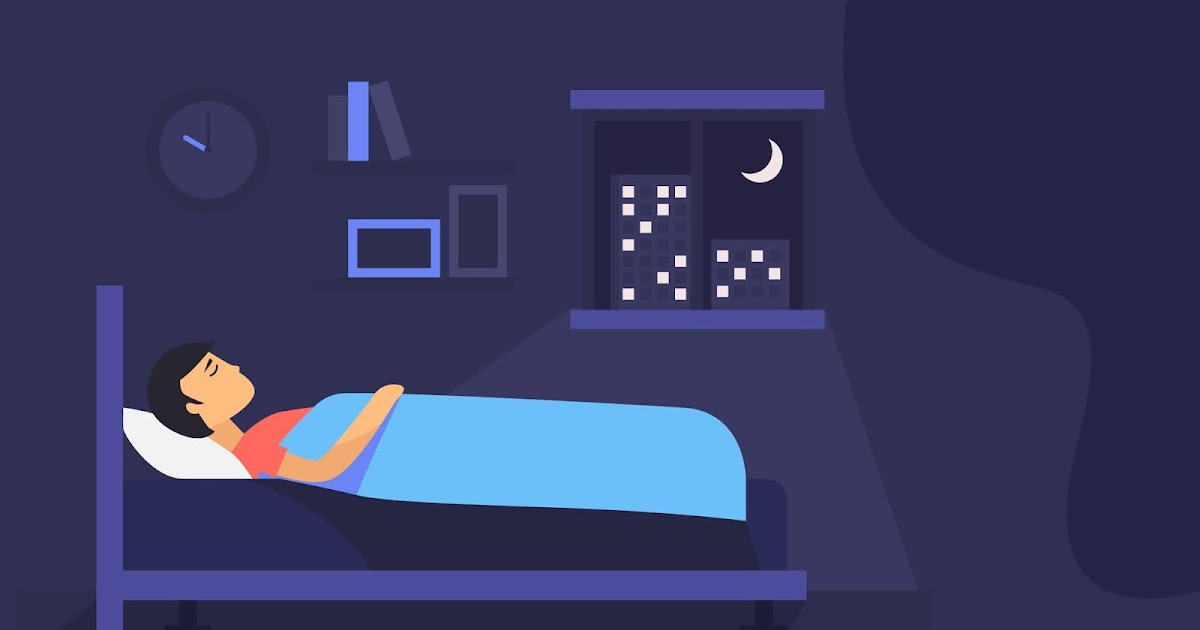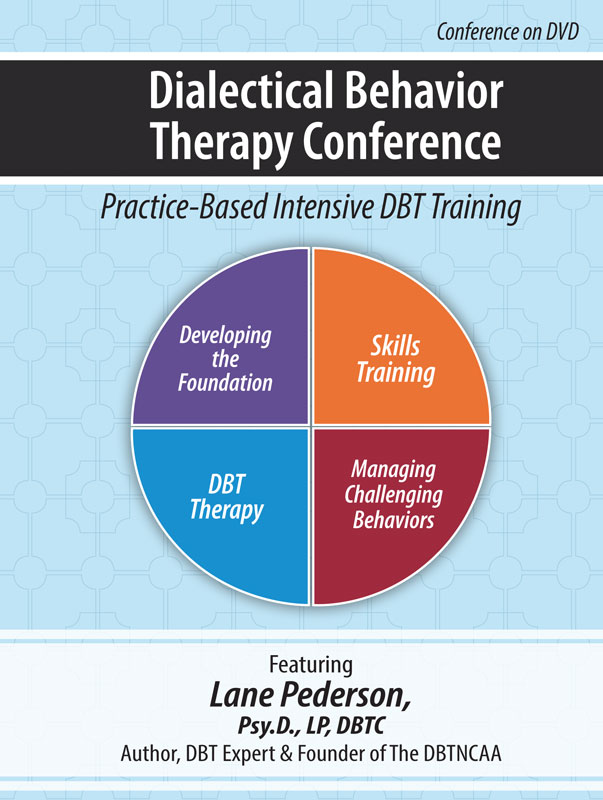Virtual therapy for kids
Virtual Therapy for Kids
Scroll
down
to
learn
more!
(Effective for Ages 3-18)
“TELETHERAPY, BUT FUN!”
COGNITIVE BEHAVIORAL THERAPYgrowth mindset,
coping skills,
goal setting,
social skills,
self-confidence
VIRTUAL PLAY THERAPYvideo games (ROBLOX, MINECRAFT, FORTNITE, OCULUS VR, CALL OF DUTY, plus more)
arts and crafts,
music,
legos,
dogs, cats, and dinosaurs,
plus more!
VIRTUAL THERAPY FOR KIDSOur goal is to build support and connect with your child or adolescent through their own unique interests and hobbies, such as through online gaming, arts and crafts, pets, plus more.
And if your child prefers to just talk that’s also fun and great! More details below!
JOSEPH CONLON, LCSW, FOUNDER, THERAPIST, Lic. 090229Contact
Hi, I’m Joe! My interests include sports, video games, music, gardening, my pets, and art. I have used my years of experience as a social worker and child therapist to develop Virtual Therapy for Kids and a team that uses evidence-based cognitive behavioral and play therapy techniques to help families and kids across New York state.
I have brought my professional experience with me into the virtual world, where I find this new generation of kids even more expressive and connected on iPhones and laptops than in my old office. Perhaps it is because I am on now on their terrain in Roblox, Minecraft, and Fortnite
MARY HIND, LMSW, THERAPIST, Lic. 109716
Contact
Hi, I’m Mary! I specialize in helping children and adolescents who are faced with anxiety, depression, and trauma - to adopt the necessary skills and utilize them to convey a more diverse emotional vocabulary, better express themselves, and healthily cope.
As your therapist, I want to create a safe space by building a strong rapport and providing an eclectic and creative approach to meet your distinct needs. My goal when working with my clients is to grow together to create resilience and self-determination by navigating any internal struggle.
KEEYSE APARICIO MORALES, MHC, THERAPIST
Contact
Hi, I’m Keeyse! My interests include game nights with my family, trail walks, working out, and arts and crafts.
As a bilingual therapist, I also provide services in Spanish.
My mission is to create a therapeutic alliance with the youth to promote resilience, autonomy, and self-awareness. I incorporate cognitive behavioral and child-centered play therapeutic interventions to facilitate positive change.
I graduated for Hunter’s Mental Health Counseling Program in 2022. I have experience working with children and adolescents within a school, home, and clinical setting.
What to expect during the initial consultation.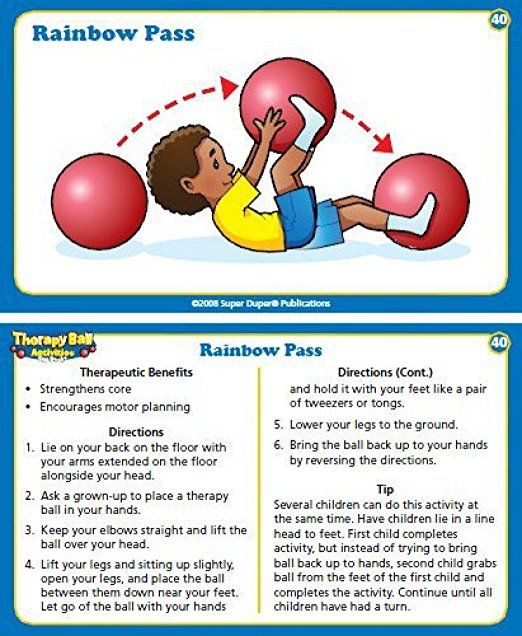
Once we reserve a convenient time for you, our therapists will give you a call at the requested time to review with the parents or guardians about their concerns and goals and coordinate a treatment plan.
Then while on the call, we will schedule the best time for us to video call your child and family for their first meeting!
Reserve time with our licensed mental health professionals by hitting the button below.
Therapy and Consultation rates starting at $50
(National average for therapy is over $100!)
Follow us @virtualtherapyforkids on Instagram and Facebook!
10 Best Online Kids Therapy Programs
We include products we think are useful for our readers. If you buy through links on this page, we may earn a small commission. Here’s our process.
Healthline only shows you brands and products that we stand behind.
Our team thoroughly researches and evaluates the recommendations we make on our site.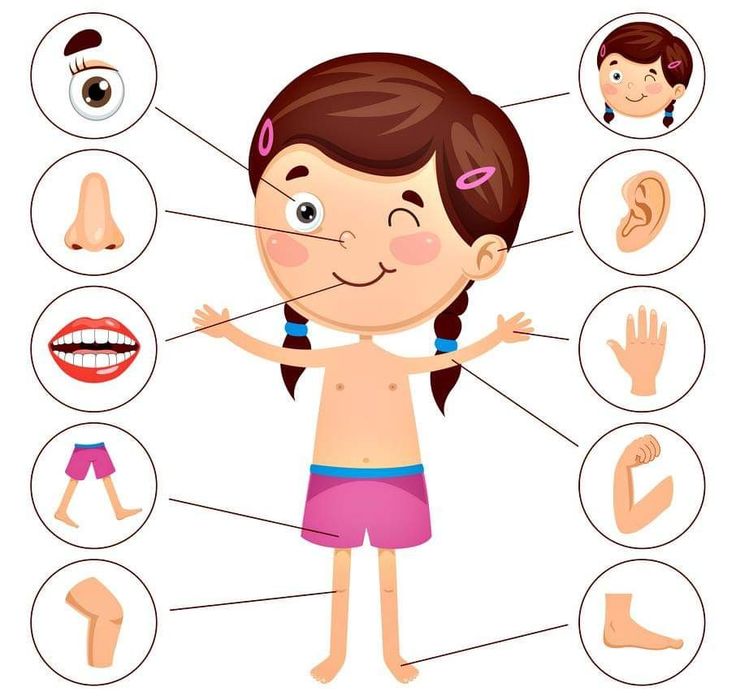 To establish that the product manufacturers addressed safety and efficacy standards, we:
To establish that the product manufacturers addressed safety and efficacy standards, we:
- Evaluate ingredients and composition: Do they have the potential to cause harm?
- Fact-check all health claims: Do they align with the current body of scientific evidence?
- Assess the brand: Does it operate with integrity and adhere to industry best practices?
We do the research so you can find trusted products for your health and wellness.
Read more about our vetting process.- Best overall: Synergy eTherapy
- Best for teens: TeenCounseling
- Best app-based service: Talkspace
- Best for younger children: Amwell
- Best for psychiatry: MDLive
- Best for choosing your child’s therapist: Doctor on Demand
- Best cognitive behavioral therapy (CBT) for teens: Online-Therapy.
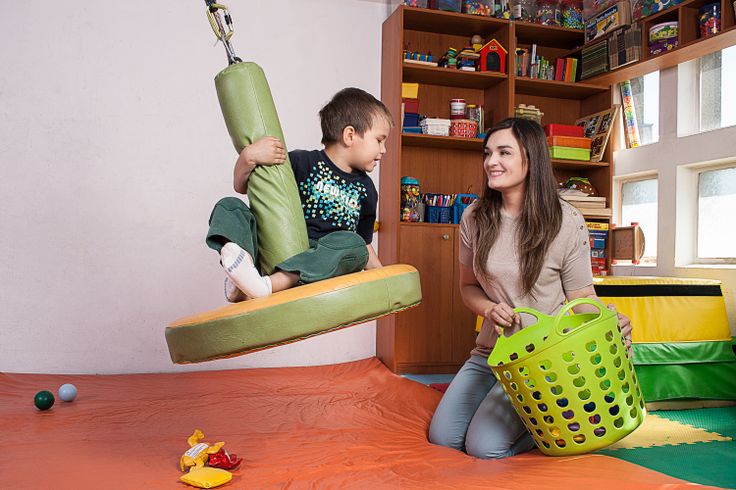 com
com - Best affordable service: 7 Cups
- Best for family counseling: Rethink My Therapy
- Best for diversity: Thriveworks
Children can carry the weight of the world on their shoulders, but don’t always show it. If you’re starting to suspect that your child needs support to work out their problems and concerns, you may wish to consider counseling. Counseling can be beneficial for people of any age, including children. Finding the right counselor for your child can be pivotal at helping them work through the challenges they face. It may also help prevent or manage mental health conditions as they move through various phases of development.
Online counseling (a form of telehealth) is quickly becoming one of the most popular methods for receiving mental health services. Telehealth is a highly accessible form of counseling: It can be easier to find the right therapist, make and attend appointments, and it’s often less expensive than counseling in person.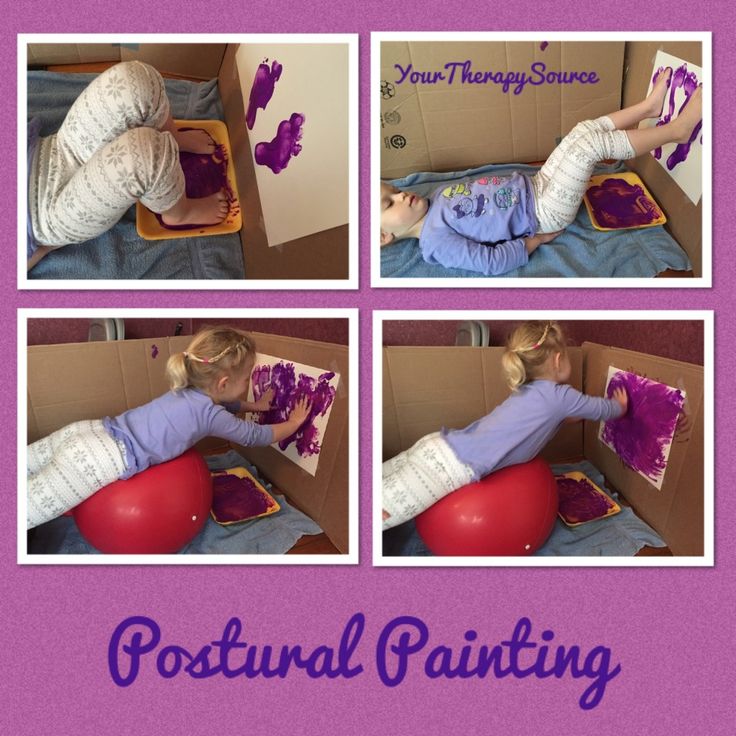 All you need is a computer or smartphone.
All you need is a computer or smartphone.
It’s also a safe and convenient way to access mental health treatment for your child from the comfort of your own home.
Key signs that it’s a good idea to enroll a child in counseling include:
- changes in behavior
- loss of interest in school, hobbies, friends, etc.
- changes in sleeping patterns
- changes in appetite
- increased irritability, sensitivity, and feelings of being overwhelmed
- lack of self-esteem
- isolation from family or social activities
- big life changes
- witnessing a traumatic event
- giving away their prized or personal possessions
“If there’s any mention of [suicidal thoughts], or if you notice dangerous behaviors, it’s important to get help quickly,” notes Virginia Williamson, LMFT, a licensed therapist. “Most parents can feel when there’s a shift that just doesn’t seem like their child.”
Counseling can also be helpful if your child has recently undergone a big life change, such as moving to a new state or being affected by divorce. Speaking with a therapist can help children learn to identify, communicate and manage emotions in a healthy way. If your child has witnessed something traumatic, this may call for counseling, too.
Speaking with a therapist can help children learn to identify, communicate and manage emotions in a healthy way. If your child has witnessed something traumatic, this may call for counseling, too.
If your child is not in immediate danger, but their behaviors or emotions seem “off,” monitor them closely over the coming weeks and months. Make a plan for when you will take action if your child doesn’t seem to improve.
Keep in mind
Online counseling isn’t a substitute for urgent or emergency services.
In the event of a mental health emergency — if your child is thinking about harming themselves or someone else — you can call the National Suicide Prevention Lifeline at 800-273-8255.
You can also call 911 for mental health emergencies.
However, it’s important not to wait for a crisis to occur before seeking out counseling for your child.
Some parents seek counseling for their child as a preventative measure, or as an additional support for difficult emotions or behaviors.
A child therapist can have a degree in counseling, social work, family counseling, psychology, or medicine.
Before beginning treatment, it’s important to make sure the therapist is licensed in their field and has experience working with and treating children.
Counseling for children may employ techniques such as:
- play therapy
- CBT
- expressive therapies, like art
- psychodynamic psychotherapy, a long-term approach to mental health treatment
- mindfulness tools
CBT for kids
CBT looks a little different for everyone, but generally uses many of the same techniques and concepts. These can assist in:
- recognizing how problems can be made worse by unhelpful thinking
- learning to better understand the thinking and motivations of others
- learning new problem-solving and coping skills
- gaining confidence and self-worth
- learning how to face fears and challenges
- building calming techniques when faced with potentially challenging situations
Play therapy is frequently used when working with children, as play is how children learn, grow, and express themselves.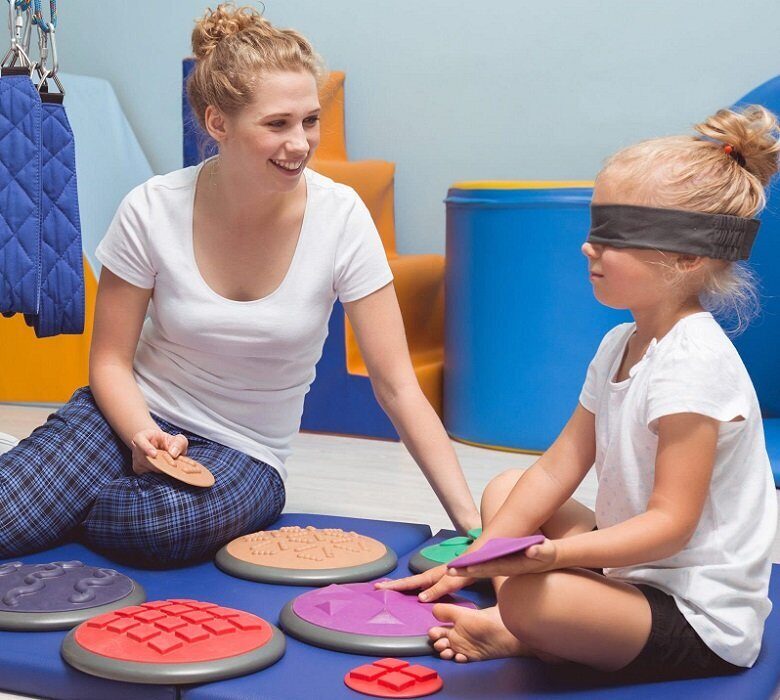 Play therapists can be both directive and nondirective, and aim to support children in expressing themselves, building coping skills, and more.
Play therapists can be both directive and nondirective, and aim to support children in expressing themselves, building coping skills, and more.
The goal of counseling for children is to identify the cause of certain symptoms and behaviors and help the child develop the skills they need to cope with difficult situations and feelings.
Here are our top 10 picks for online counseling programs for kids.
We considered many criteria when choosing the best online counseling programs for kids, including:
- Licensure. All the mental health professionals affiliated with each program are licensed psychologists, psychiatrists, social workers, or counselors.
- Accessibility. Some of these programs accept health insurance, and most are at a lower cost than in-person treatment. The programs here also feature easy sign-up processes.
- Reputation. We chose programs with positive customer feedback and reviews.
- Offerings.
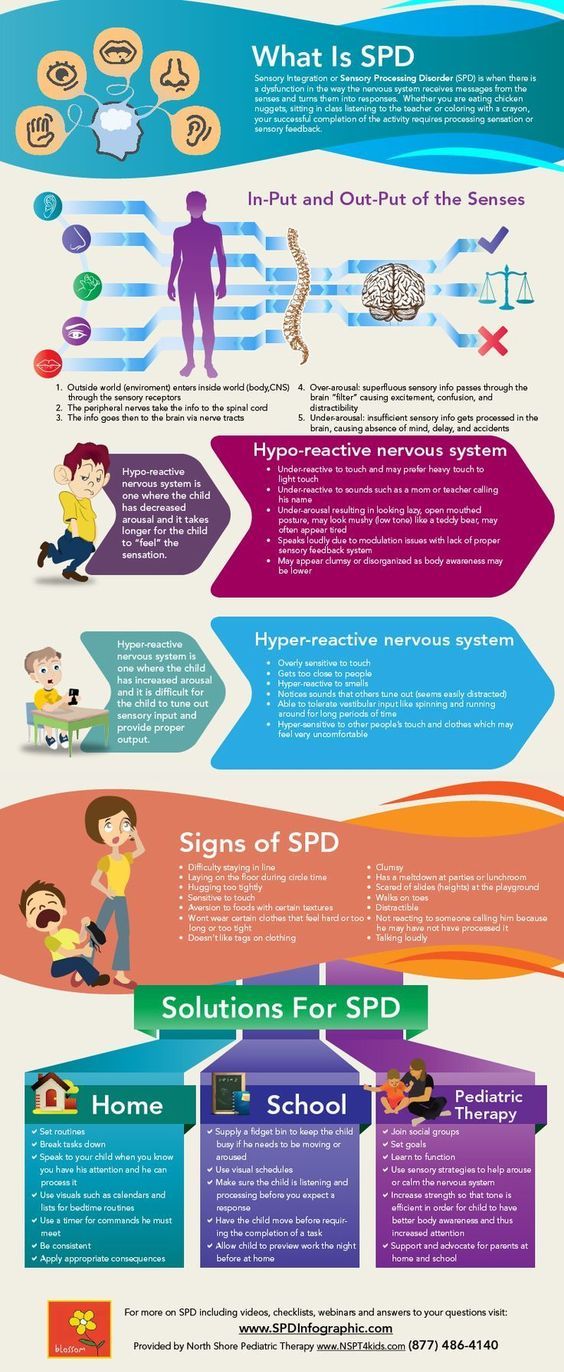 These counseling programs offer a wide range of services for anxiety, depression, self-esteem, eating disorders, stress, bullying, anger, and more.
These counseling programs offer a wide range of services for anxiety, depression, self-esteem, eating disorders, stress, bullying, anger, and more.
Best overall
Synergy eTherapy
Synergy eTherapy offers online counseling in multiple states. Licensed therapists offer free consultations so you can make sure it’s a good fit.
Sessions are available by phone or video. All information shared is confidential. Evening and weekend options are also available for scheduling sessions.
Synergy eTherapy is also able to prescribe psychiatric medication in certain states.
Price: The cost of sessions with Synergy eTherapy varies based on the therapist you choose. For a typical 45- to 50-minute session, the cost ranges from $100 to $200.
Coverage: Some Synergy therapists are in network with insurance providers. Others are private pay only and set their own out-of-pocket rates.
Pros
- free consultation
- evening and weekend sessions available
- psychiatry
Cons
- only available in some states
- not all services are in network
Get started with Synergy eTherapy
Best for teens
TeenCounseling
TeenCounseling is an online counseling platform for teens ages 13 to 19.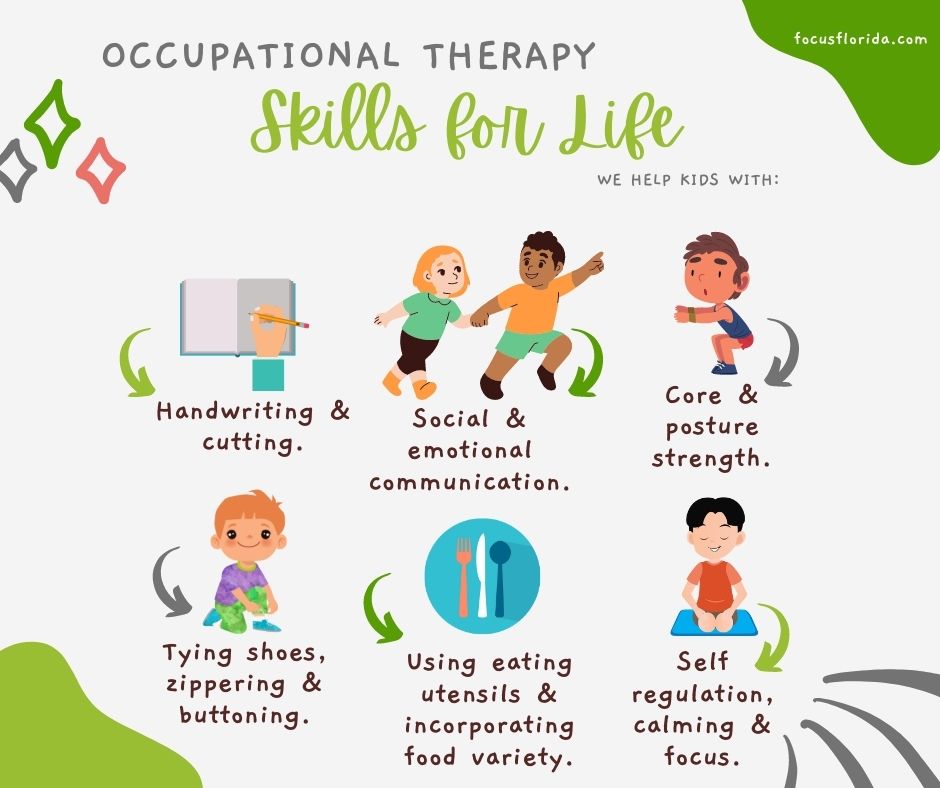 The platform is part of BetterHelp.
The platform is part of BetterHelp.
More than 16,000 licensed therapists are available for affordable, discreet, and professional counseling services via computer, tablet, or smartphone.
Therapists can help teens cope with issues like anxiety, stress, self-esteem, depression, bullying, anger, eating disorders, and other challenges.
Teens can communicate with their counselor through a dedicated virtual counseling room, which is private and secure. Communication methods include messaging, live chat, phone calls, and video chat.
Price: Pricing ranges from $60 to $90 per week, billed every 4 weeks. Costs depend on your location, preferences, and therapist availability. While this is a monthly membership, you can cancel at any time.
Coverage: TeenCounseling services are usually not covered by health insurance, Medicare, or Medicaid. However, coverage and benefits for counseling services vary from one insurance company to another.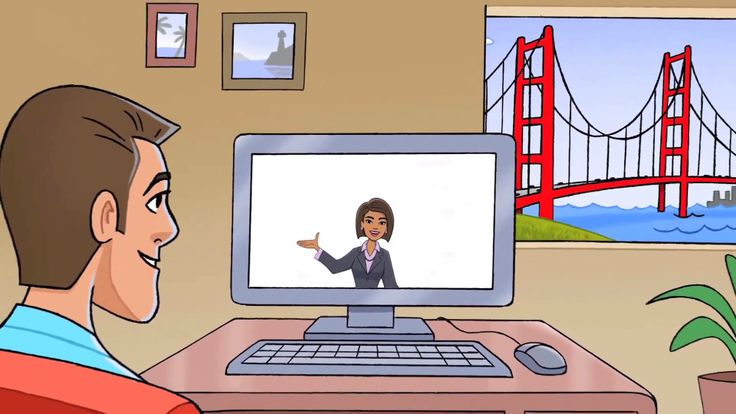 It’s important to take a closer look at your benefits.
It’s important to take a closer look at your benefits.
Pros
- multiple communication methods available
- can cancel membership anytime
- clients can message their counselors at any time
Cons
- usually not covered by insurance
- users can’t choose their therapists
- therapists cannot diagnose users
- psychiatry not available
Get started with TeenCounseling
Best app-based service
Talkspace
Talkspace is one of the most well known online counseling platforms. They’re highly rated and have been used by more than 1 million people.
Users can communicate with their counselors through text-based messages, video chats, or audio calls.
Teens ages 13 to 17 can get specialized counseling on Talkspace through Talkspace for Teens by signing up through the iOS or Android app.
All teen counselors on the app are licensed and have experience working with adolescents.
Price: $260, billed monthly.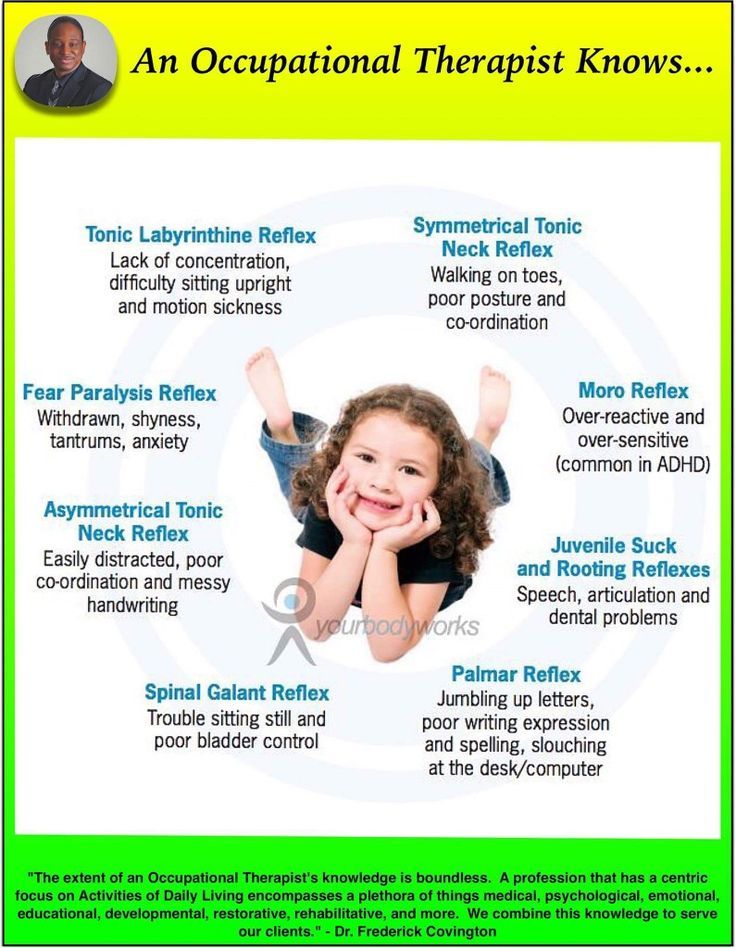 This includes text, video, and audio communication.
This includes text, video, and audio communication.
Coverage: Talkspace accepts health insurance. See their full partner list to determine if your employer or health insurance provider covers mental health services through Talkspace.
Pros
- easy access to therapists
- accepts health insurance
Cons
- pricey
Get started with Talkspace
Best for younger children
Amwell
While most online counseling programs have a minimum age requirement of 13, Amwell provides counseling for children 10 years and older.
Amwell offers a variety of telemedicine services, including telemental health.
Teens and young adolescents can speak with their therapist face-to-face using the Amwell app or website. Sessions usually last about 45 minutes and can be scheduled during weekends, holidays, and evenings.
Amwell has a network of more than 350 licensed psychologists, social workers, and other mental health professionals.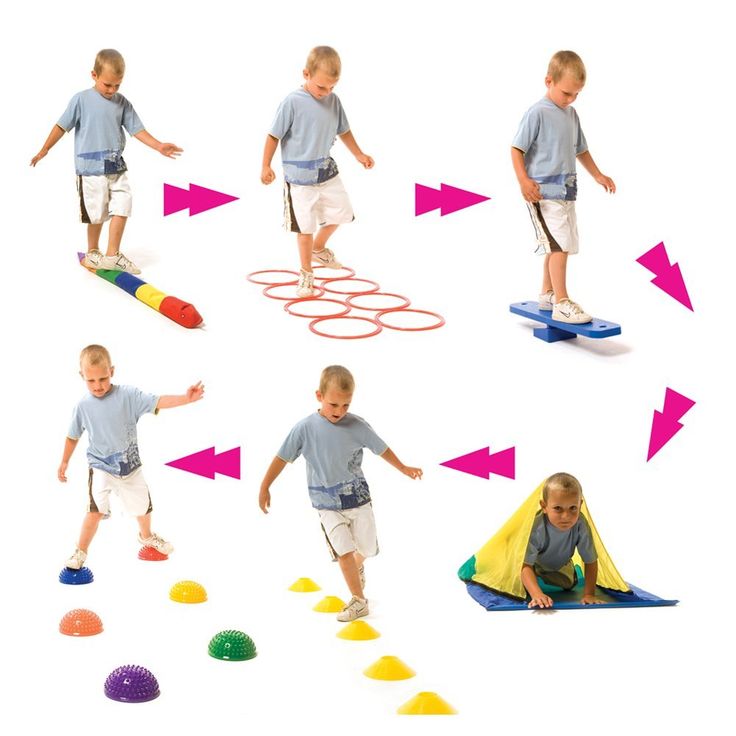
Price: Visits range from $99 to $110, depending on the experience and credentials of the therapist. If your visit is covered by your employer or health insurance company, the cost of your copay may be lower.
Coverage: Some health insurance providers cover Amwell visits. During the sign-up process, you can check your eligibility.
Pros
- accepts some health insurance providers
- psychiatrists are available to prescribe medication
- weekend, holiday, and evening sessions are available
Cons
- no subscription payment plans
- video sessions only
Get started with Amwell
Best for psychiatry
MDLIVE
MDLIVE is a telemedicine service for non-emergency medical, mental health, and dermatological conditions.
Unlike some online counseling platforms, MDLIVE has psychiatrists who can prescribe medication when needed. Parents must provide consent for children 10 years and older to be seen by a therapist or psychiatrist.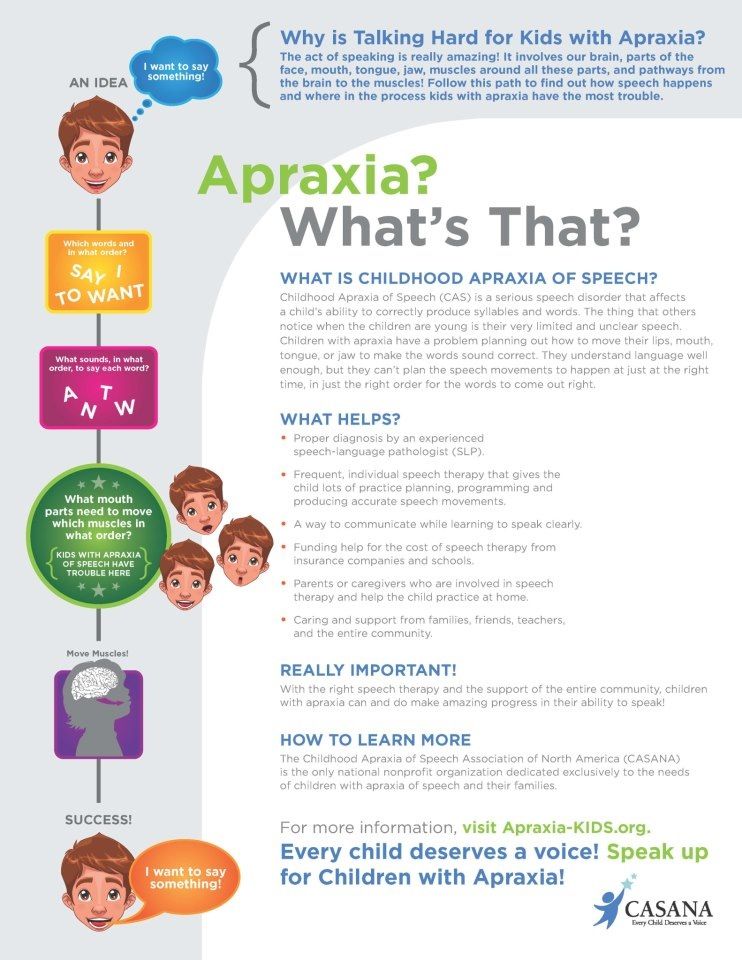
This platform may be worth considering for counseling and psychiatry visits as needed. MDLIVE is not a subscription-based service, so signing up is free, and they’ll only charge you when you schedule a visit.
Price: Talk therapy costs up to $108 per visit. Psychiatry appointments are $284 for initial visits and $108 for follow-up appointments.
Coverage: MDLIVE accepts health insurance, which can lower some or all of the cost.
Pros
- can prescribe medication to treat mental health symptoms
- accepts health insurance
- choose your own therapist or psychiatrist
- request an appointment at any time
Cons
- therapist availability is often limited
- psychiatrists cannot prescribe certain psychiatric medications
Get started with MDLIVE
Best for choosing your child’s therapist
Doctor on Demand
If you prefer to choose your child’s therapist instead of being matched with one, check out Doctor on Demand.
On average, the licensed psychiatrists and therapists in their network have 15 years of experience.
Communication methods are more limited than other platforms. Doctor on Demand uses live video calls for their sessions.
If you need help determining if counseling might be helpful for your child, Doctor on Demand offers a free mental health assessment.
Price: Counseling visits cost between $129 and $179, depending on the length of the visit. Psychiatry appointments are $299 for the initial consultation and $129 for follow-up appointments.
Coverage: Doctor on Demand is covered by some employers and health insurance plans. Add your insurance during registration to see if your health plan supports Doctor on Demand telehealth visits.
Pros
- covered by some employers and health insurance plans
- choose your own therapist
Cons
- therapists may be limited in your area
Get started with Doctor on Demand
Best cognitive behavioral therapy (CBT) for teens
Online-Therapy.
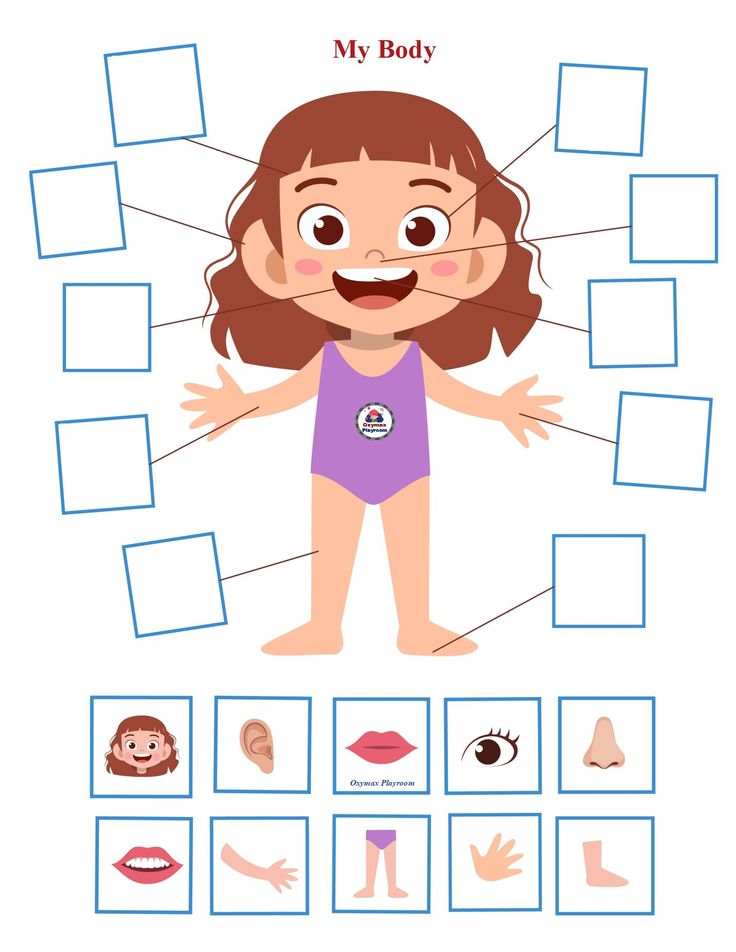 com
comWith the written consent of a parent or guardian, teens can seek remote CBT on Online-Therapy.com.
The site offers more than just a chat box or digital chat room for teens who want a more complete toolbox. In addition to counseling sessions and multiple communication methods, counseling can include yoga, worksheets, journaling, and more.
The site is not geared toward young children, but adolescents can join with parental permission.
This service may be suitable for mental health conditions treatable with CBT, such as depression and anxiety.
Price: The platform is subscription-based, starting at $39.95 per week. Plans that include counseling sessions cost up to $79.95 per week.
Coverage: This service does not accept health insurance.
Pros
- multiple communication methods available
- offers additional mindfulness-based activities
Cons
- does not accept health insurance
- does not prescribe medication
Get started with Online-Therapy.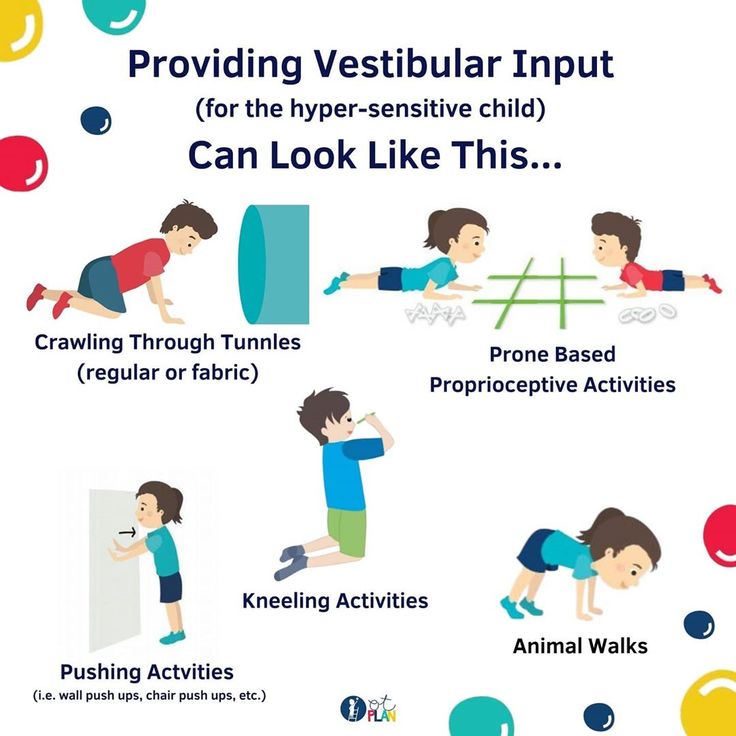 com
com
Best affordable service
7 Cups
7 Cups is an online resource available to people who are looking for someone to speak with for support. Teens ages 13 to 17 can chat with volunteers who are specifically trained to speak with teens at no cost.
7 Cups also offers free chat rooms exclusively for teens who are seeking other young adolescents to speak with.
In addition to speaking with an unlicensed trained volunteers for free, 7 Cups offers a paid membership where teens ages 18 or 19 can speak with a licensed therapist on a regular basis.
Teens can send as many messages as they would like to their therapist. Messaging uses a professional and confidential mode of communication that’s compliant with the Health Insurance Portability and Accountability Act (HIPAA).
Price: Chatting online with trained volunteers is free, anonymous, and available 24/7. Ongoing support from a licensed therapist is available for $150 per month.
Coverage: 7 Cups does not accept private insurance.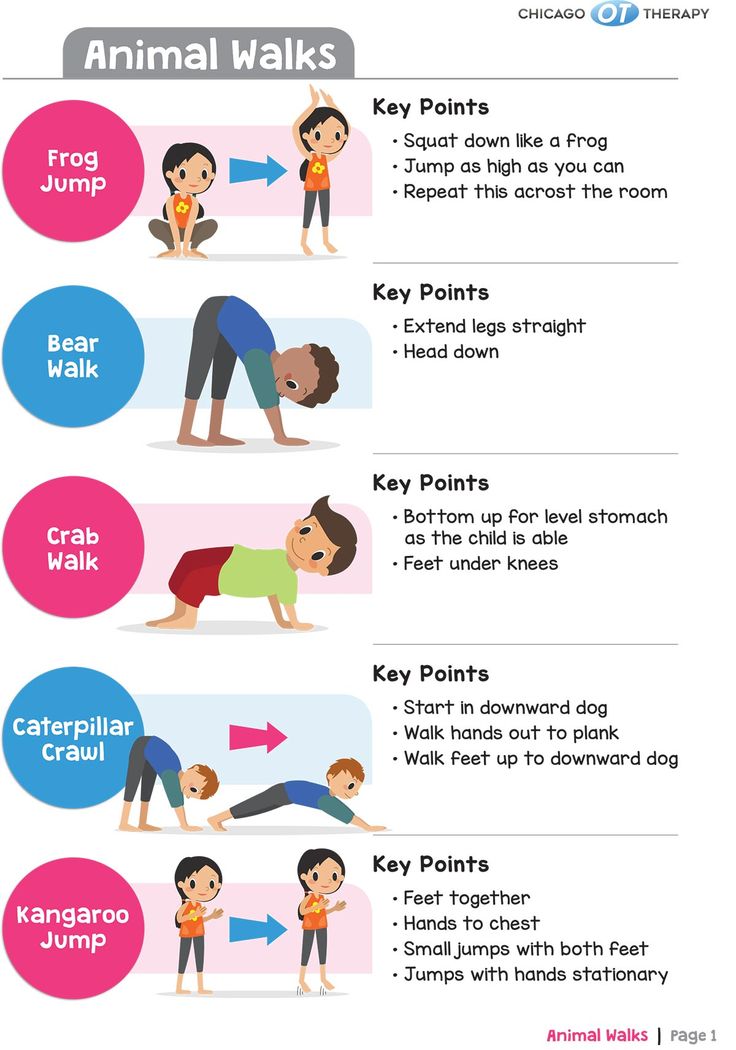
Pros
- therapists respond within 24 hours
- chatting online with volunteers is free
Cons
- does not accept private insurance
- no psychiatry
Get started with 7 Cups
Best for family counseling
Rethink My Therapy
Looking for therapy sessions for the whole family? Rethink My Therapy offers both family counseling and individual treatment for kids.
You can search through the thousands of therapists and psychiatrists on the platform to find one that’s right for your child. The platform supports video calls, phone calls, and secure messaging.
Many therapists have availability on evenings and weekends.
Price: After a 7-day free trial, counseling starts at $99 per month. The family/children program costs $159 per month.
Coverage: Rethink My Therapy does not accept insurance, Medicare, or Medicaid.
Pros
- choose your own therapist
- book a family therapy session or let your child speak with a therapist one-on-one
- evening and weekend sessions available
- psychiatry is available
Cons
- does not accept insurance
Get started with Rethink My Therapy
Best for diversity
Thriveworks
Thriveworks is known for the wide array of licensed therapists they offer.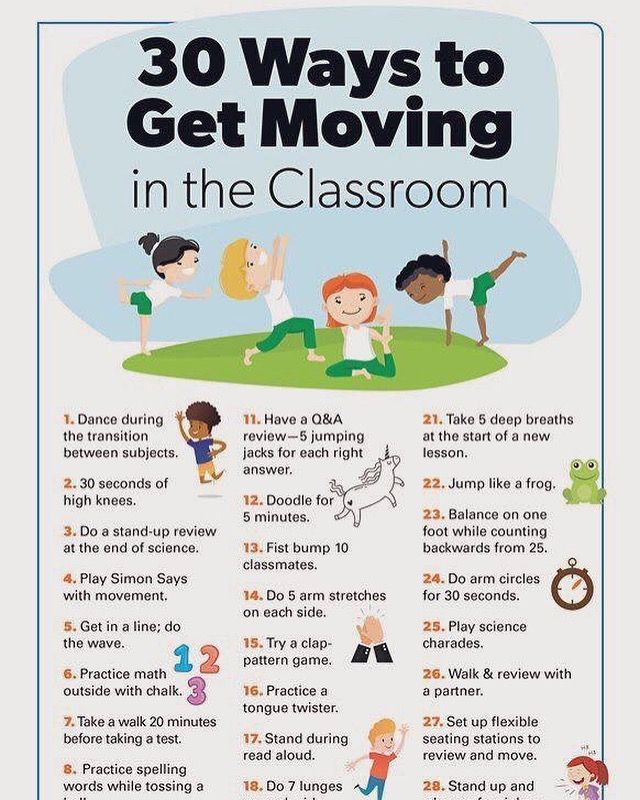 You can select from therapists who have a variety of different backgrounds, including CBT, mindfulness approaches, and other methods. Choose a therapist who speaks your native language, or select a different type of mental health professional, like a psychiatrist or life coach.
You can select from therapists who have a variety of different backgrounds, including CBT, mindfulness approaches, and other methods. Choose a therapist who speaks your native language, or select a different type of mental health professional, like a psychiatrist or life coach.
Thriveworks provides online counseling for kids via video or phone. Same- and next-day sessions are both available.
Price: If you’re not using insurance, you can expect to pay between $65 and $140 per session. Prices vary by insurance provider. The enrollment fee for all clients costs $39.
Coverage: Thriveworks is in network with most insurance plans.
Pros
- accepts insurance and has more affordable pricing
- same- and next-day sessions available
- choose your own therapist
Cons
- mixed reviews
- some clients report issues with payments
Get started with Thriveworks
Kids pretty much live on their electronic devices, so seeing a therapist online may feel more natural for your child than it may for many adults.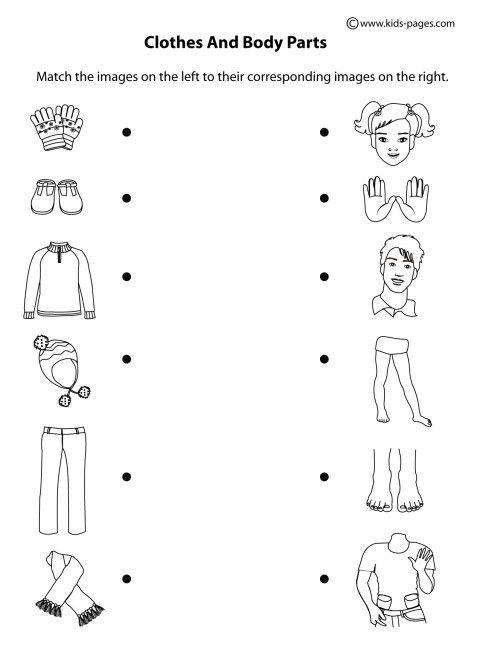
Speaking with a person through a screen may feel safer than speaking with someone face to face. This feeling of safety may help your child to speak about embarrassing or tough issues. At home, your child can even hug their favorite pillow, or have their pet close by during sessions.
Your child may feel more at ease at home then they will in a therapist’s office. This may enable them to speak freely, or to open up readily. For this to occur, it’s important to give your child privacy and space during counseling sessions.
Online therapy may be beneficial for your child’s counselor as well, since it gives them the opportunity to see your child in familiar surroundings.
Between school, after-school programs, and socializing, scheduling is often an issue for kids. Since it doesn’t require transportation, working with an online counselor alleviates the scheduling burden.
Child therapists are trained to treat many of the same conditions that adults see therapists for.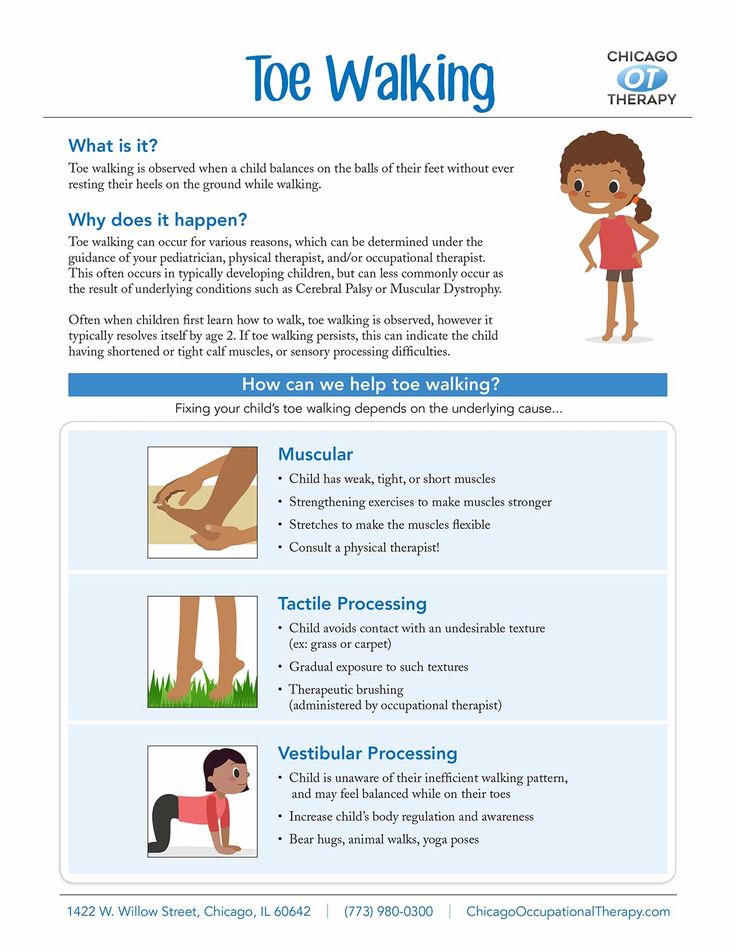 They are also uniquely positioned to address issues specific to children and teens. Conditions and behaviors child therapists treat include:
They are also uniquely positioned to address issues specific to children and teens. Conditions and behaviors child therapists treat include:
- depression
- anxiety
- stress
- isolation and loneliness
- bullying
- hypochondria
- aggression
- obsessive compulsive disorder
- chronic pain management
- grief
- chronic illness management
- relationship issues, including those with parents and siblings
- coping with school, including school refusal, and relationship issues with teachers and classmates
- gender identity
- trauma, including PTSD
- abuse, including sexual abuse
- eating disorders
- self-injury
- ADHD
The tools your child’s therapist uses will vary, based on your child’s age and the type of therapy being used. In some instances, they may wish to include you in some sessions. This is beneficial for you as well as your child, since the therapist can coach you in your interactions with each other.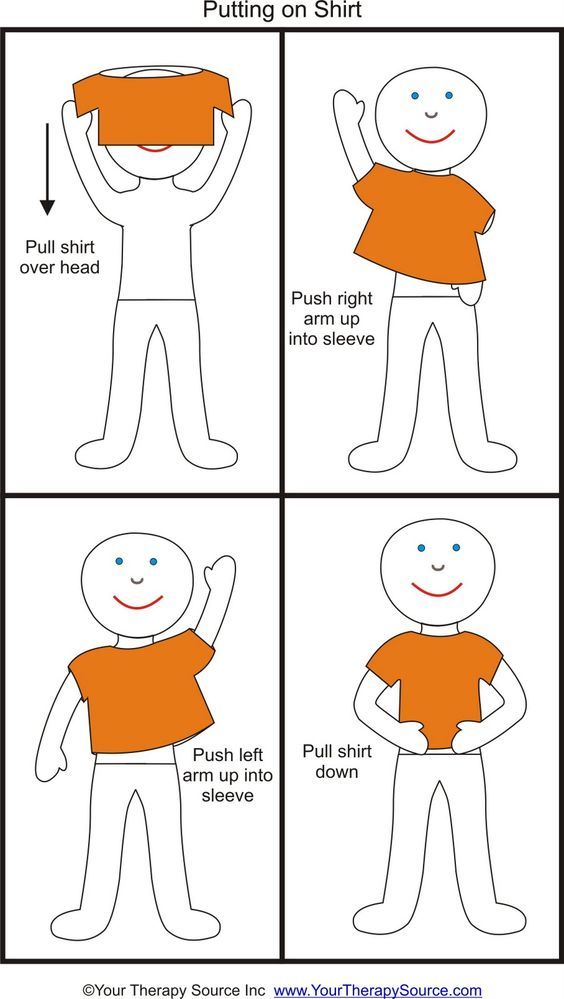
A good therapist asks questions and listens to the answers. They may encourage your child to talk about what’s bothering them. They may also place strong focus on praising your child, to validate their feelings and build up self-esteem.
In some instances, your child’s therapist may suggest activities to do between sessions, such as keeping a journal, or drawing.
Some therapists, such as cognitive behavioral therapists, may work with your child to master coping skills such as mindfulness meditation or deep breathing. These are beneficial for helping your child feel and stay calm.
There’s no cookie-cutter formula that can be used to determine how long your child should stay in therapy. The issues at hand, as well as you and your child’s goals for therapy, will play a role.
Therapeutic changes that lead to happier lives and better behaviors take patience and time. Usually, a therapist will recommend seeing your child once a week for sessions. These may last for several months or longer.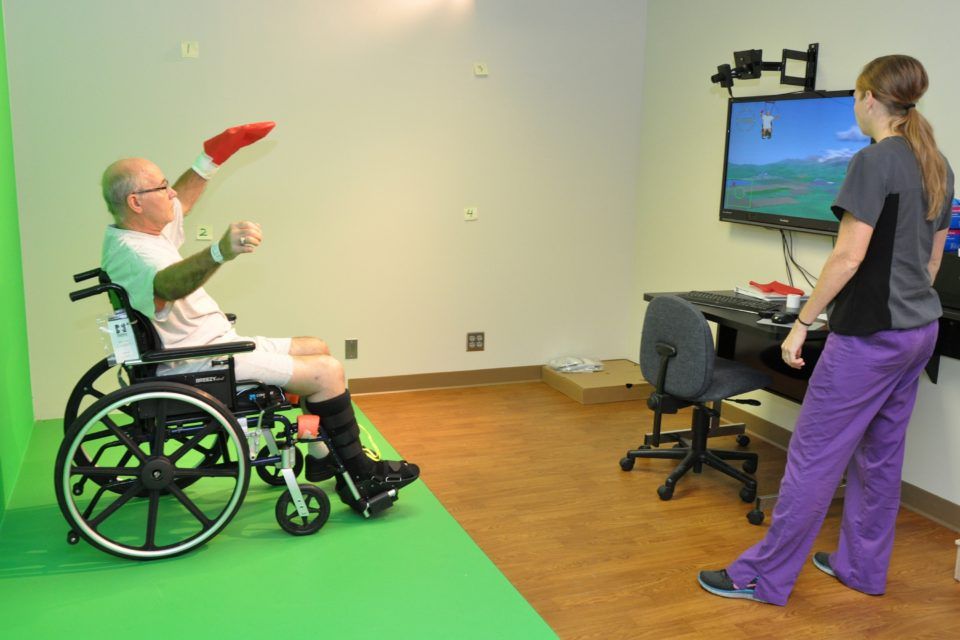 In some instances, sessions may be stretched out to once every two weeks.
In some instances, sessions may be stretched out to once every two weeks.
Very young children often benefit most from play therapy techniques, such as child-centered play therapy. Play therapy uses carefully selected toys, games, and other play-centric props to help children work out emotional issues.
Older children may benefit from many therapeutic approaches, including cognitive behavioral therapy (CBT), talk therapy, and child-parent relationship therapy.
| Therapy service | Do they accept health insurance? | Outreach options | Can they write prescriptions? |
|---|---|---|---|
| Synergy eTherapy | Some therapists in the network accept health insurance, others don’t | Phone and video | In some states |
| TeenCounselling | Usually not covered by insurance, check your plan | Messaging, chat, phone and video | No |
| Talk Space | Yes, most plans | Texts, video and phone | Yes |
| Amwell | Some plans are accepted | Video through the app or website | Yes |
| MD Live | Yes, most plans | Video through the app or website | Yes |
| Doctor on Demand | Accepts most plans | Live video sessions | Yes |
Online-Therapy.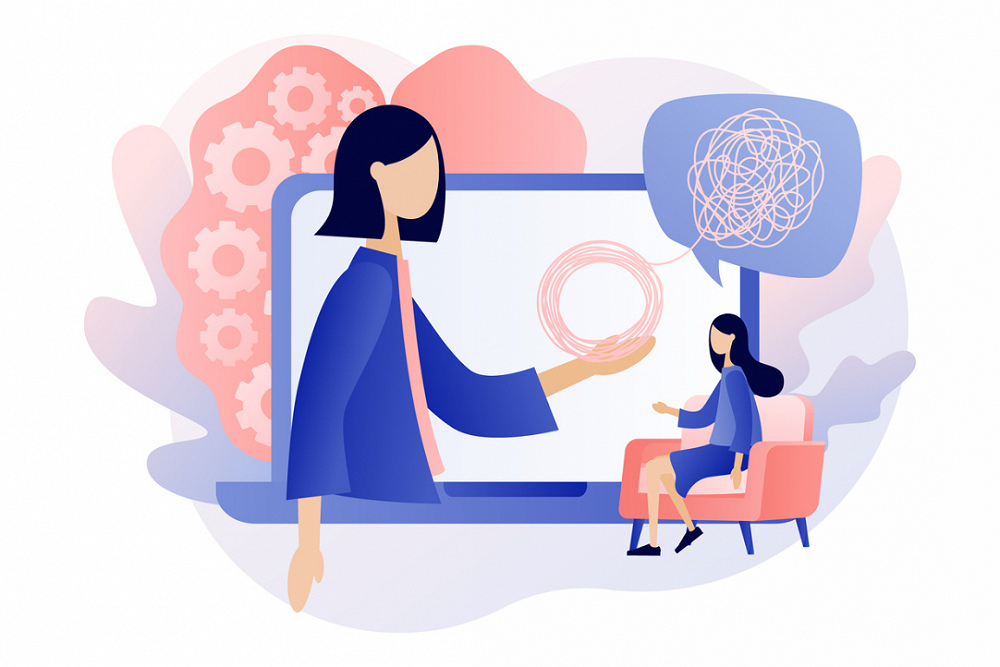 com com | No | Live video sessions, messages, in-app worksheets | No |
| 7 Cups | No | Chat rooms and one-on-one chats with volunteers or therapists, messaging | No |
| Rethink My Therapy | No | Video, phone, secure messaging | Yes |
| Thriveworks | Yes, most plans | In person and online sessions, texing | Yes |
Finding the right therapist for your child can be challenging. It’s vital to choose a licensed and seasoned professional who has experience working with your child’s age group. Based on your child’s age, you may request an interview with the therapist, prior to committing to therapy.
Questions to ask include:
- Do you have knowledge or an understanding of my child’s cultural background?
- What is your approach to therapy?
- What are reasonable goals to expect from therapy?
- What is your professional background and therapeutic experience?
- How long do you anticipate that my child may need therapy?
- Can or should I participate in any sessions?
- Do you have availability?
- Do you take my insurance?
- If not, do you accept patients on a sliding scale?
Does insurance cover online counseling?
Insurance may cover some online counseling services. To check eligibility, contact your health insurance company.
To check eligibility, contact your health insurance company.
Many online counseling programs for kids have a range of payment options, including health insurance coverage and out-of-pocket payments.
What type of therapy works best for children?
Children’s therapeutic needs vary. However, child-centered therapy is often considered one of the best types of therapy for children. This type of therapy uses a carefully-orchestrated play environment for children to interact with.
How do I know if my toddler needs therapy?
Since toddlers can’t always tell you about traumatic incidents or their needs, it’s important to stay attuned to signs indicating that therapy may be needed. These include regressive behaviors for toilet-trained children, such as bed wetting.
Constant or unusual fits of temper or anger may also be a clue.
If your child suddenly becomes clingy, fearful, or anxious, or displays separation anxiety, they may have experienced trauma and need support.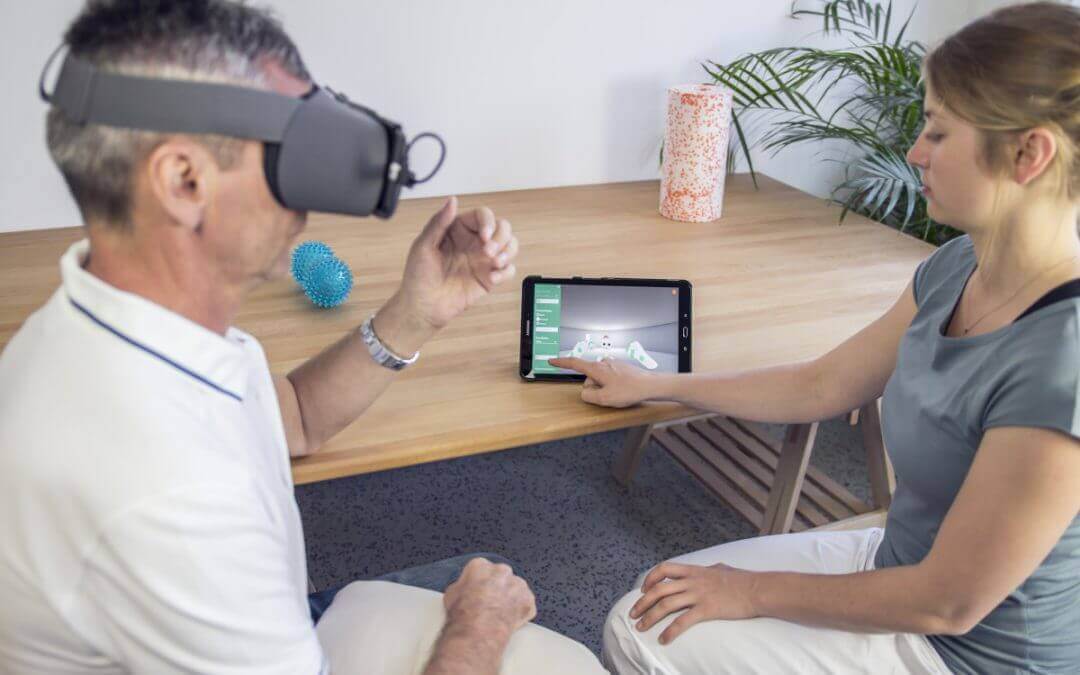
Regressive use of language, such as reverting back to baby talk, may also indicate need.
Can parents be involved in treatment?
If you’re a parent, you can have various levels of involvement in your child’s mental health treatment. Whether you’re present during sessions depends on a number of factors, such as the age of your child and what issues they’re working on in treatment.
Regardless of whether you sit in on sessions, communicate regularly with the counselor and monitor your child closely between sessions. Share anything you feel is important with your child’s counselor.
Can a minor sign up without parental consent?
In many states, minors cannot consent to mental health treatment without permission from a parent.
In some states, such as California and New York, minors of a certain age may obtain counseling without parental consent provided they understand the nature and consequences of the treatment.
Before getting started with counseling, research your specific state laws about minors receiving mental health treatment.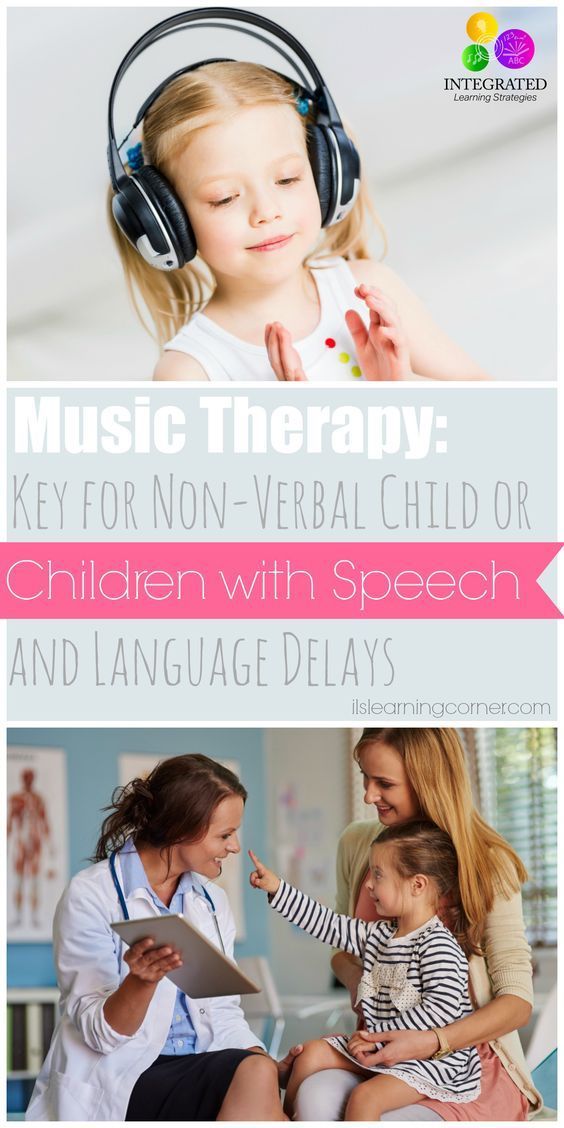
Is the information shared confidential?
Yes, patient confidentiality and HIPAA laws apply to online counseling programs for children.
However, some modes of communication, such as Zoom or FaceTime, may not provide a secure or private connection. It’s important to make sure you’re using a HIPAA-compliant platform for your child’s online counseling.
In certain situations, confidentiality is limited. In some states, parents may access their child’s records. This may vary by state law. Therapists may work with parents to develop ground rules for maintaining a child’s privacy.
When it comes to mandated reporting, counselors and other mental health professionals must report the abuse of minor children to appropriate authorities, regardless of who is the alleged perpetrator. Counselors are also mandated to report if a minor expresses intention to harm themselves or someone else.
Is online counseling right for all kids?
While online counseling is a great choice for many children, it is not a suitable option for everyone. Some kids respond better to an in-person treatment environment.
Some kids respond better to an in-person treatment environment.
“For some kids, online therapy can be too much,” says Katherine M. Hayes, LCPC, a licensed clinical counselor who specializes in treating children and adolescents.
“If it’s hard for the child to engage in a session online, this would be something to discuss with the child and parent,” Hayes says. “Creative solutions can still be used online, such as art and games.”
Most websites outline who is best suited for telemental health. Additionally, online counseling is not recommended for children or teens who are experiencing suicidal thoughts, self-harming behaviors, or serious behavioral or mental health conditions.
Online counseling can be an accessible and more affordable way to receive counseling for your child or teen.
Depending on your child’s needs, online counseling programs for kids can be a convenient alternative to mental health treatment in person.
Lacey Bourassa is a health, wellness, and beauty writer based in Southern California.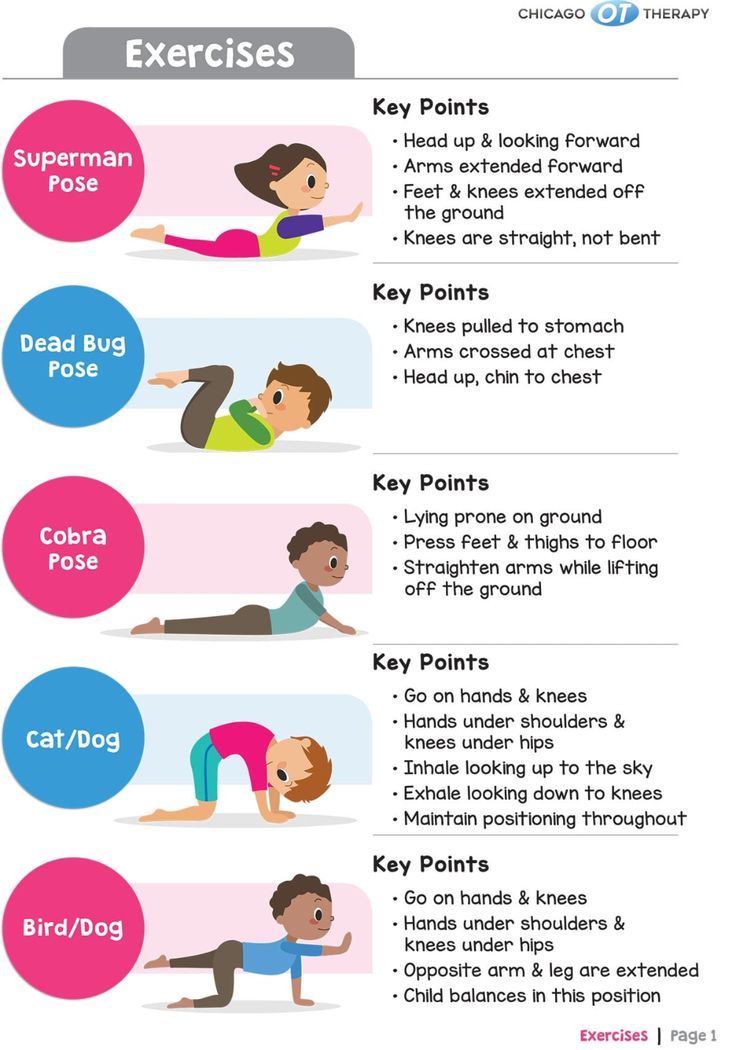 She holds a BA in English. Her work has appeared in digital publications like Livestrong, Verywell, Business Insider, Eat This Not That, and others. When she’s not writing, Lacey is likely pursuing her other interests: skin care, plant-based cooking, pilates, and traveling. You can keep up with her by visiting her website or her blog.
She holds a BA in English. Her work has appeared in digital publications like Livestrong, Verywell, Business Insider, Eat This Not That, and others. When she’s not writing, Lacey is likely pursuing her other interests: skin care, plant-based cooking, pilates, and traveling. You can keep up with her by visiting her website or her blog.
How virtual reality helps children endure pain
Friendly dolphins, sea turtles and tropical fish swim up to the shipwreck. In this calm marine ecosystem, there is not a hint of scary sharks.
Children enter this world when they put on KindVR VR glasses. Using the controller, they can explore underwater ruins, blow colorful bubbles, or watch marine animals while listening to soothing music. This device helps children endure severe pain and unpleasant medical procedures. nine0003
Virtual reality has been used in medicine for several years now, mainly to distract fire victims from their terrible pain.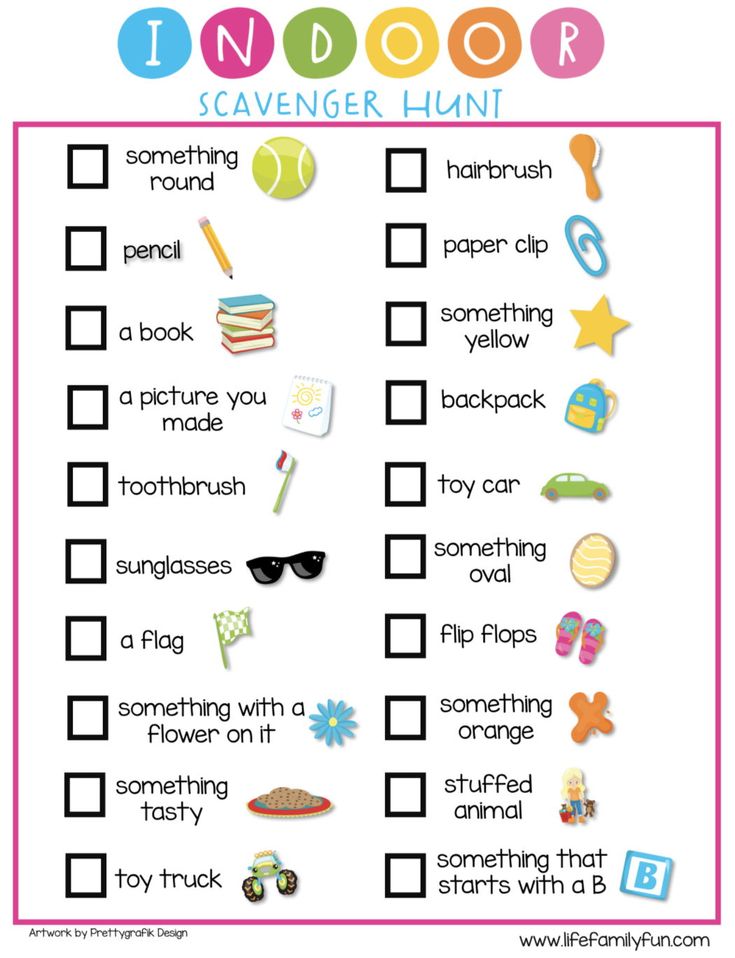 But as the cost of VR glasses has plummeted, more hospitals can afford to test the new technology to help young patients. The goal is to reduce the need for opioids for children.
But as the cost of VR glasses has plummeted, more hospitals can afford to test the new technology to help young patients. The goal is to reduce the need for opioids for children.
Patients focus on something else during an invasive test or medical procedure and are distracted from discomfort. Research has shown that distractions—like watching cartoons or music—help children and teens cope with pain, especially if the procedures involve needles. nine0003
Researchers believe that virtual reality is particularly effective because it is more immersive than other media such as music or television. “I think of it as a bandwidth issue. Your brain has to process the sensation of pain, and if we can fill it with other more comfortable sensations, it will be distracted from the unpleasant ones, ”explains KindVR founder Simon Robertson.
Photo: KindVR
KindVR therapies are used in more than 20 pediatric hospitals in the US and Canada, and Robertson has developed five different programs for different purposes.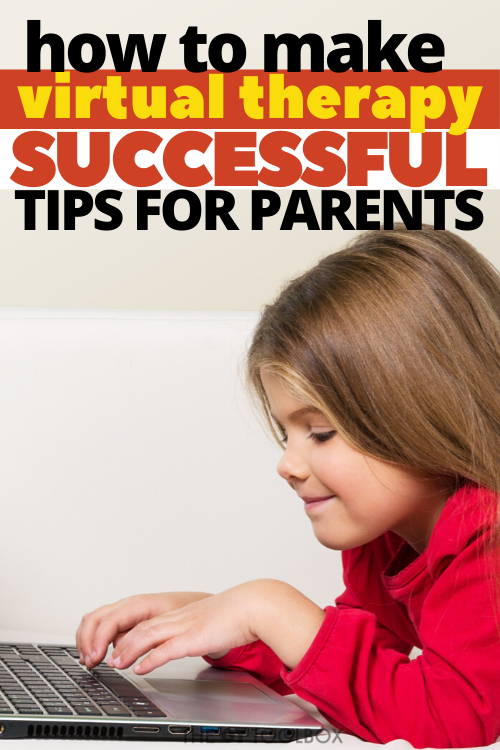 The first is meditation, which helps children cope with chronic pain and stress by teaching them breathing exercises. Another program, KindVR Aqua, is used to treat acute pain that comes on suddenly and lasts for a short period of time. Unlike regular video games, there are no scary images, time limits, or missions. On the contrary, the purpose of the software is to minimize sudden movements and help children relax. nine0003
The first is meditation, which helps children cope with chronic pain and stress by teaching them breathing exercises. Another program, KindVR Aqua, is used to treat acute pain that comes on suddenly and lasts for a short period of time. Unlike regular video games, there are no scary images, time limits, or missions. On the contrary, the purpose of the software is to minimize sudden movements and help children relax. nine0003
Another KindVR project introduces kids to a virtual MRI machine so they know what to expect before their procedure. The company hopes that when it comes to MRIs, kids won't be afraid to get into cars.
KindVR Aqua is also used to help children with sickle cell anemia. This is a genetic disease that leads to the deformation of red blood cells. In healthy people, red blood cells are shaped like small discs that move freely through the circulatory system. But the cells of a person with sickle cell anemia are crescent-shaped and become hard and sticky. Because of this, they cannot easily move through the circulatory system and get stuck in the vessels, clog the bloodstream and cause severe pain and other complications that can lead to death. nine0003
Because of this, they cannot easily move through the circulatory system and get stuck in the vessels, clog the bloodstream and cause severe pain and other complications that can lead to death. nine0003
These outbreaks of pain can last for hours, days or even weeks. Mild pain can be tolerated with heating pads, warm baths, and massages. But for acute, long-term pain, doctors prescribe opioids like morphine, methadone, and fentanyl—even for very young children. As a result, “Children are treated with opioids at an early age, and in the future they become very tolerant of them,” explains hematologist Latika Puri.
Puri and colleagues are exploring whether VR therapy can relieve pain in these patients. Their study will involve 70 children with sickle cell anemia, half of whom will receive standard care, which includes opioids, the other half will receive standard care plus fifteen-minute sessions of KindVR VR therapy. They want to see if virtual memory can reduce pain and free patients from the need to take opioid painkillers.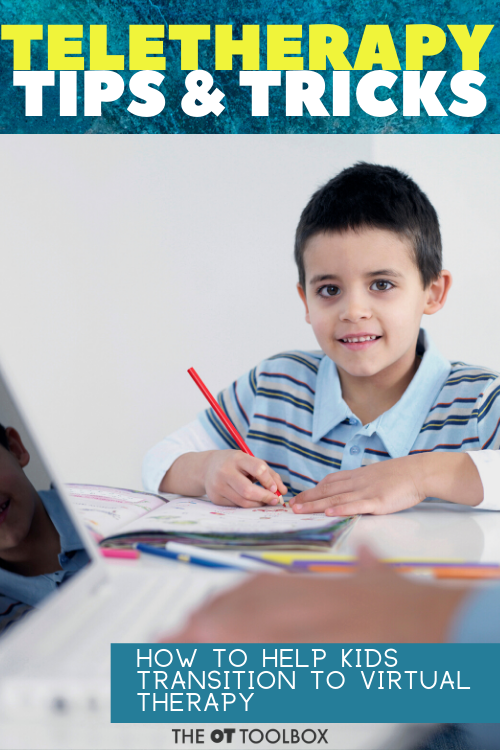 nine0003
nine0003
Photo: KindVR
While virtual reality won't completely replace painkillers, it will make hospital stays and medical procedures less traumatic for young patients - just as importantly, children with chronic pain can develop long-term psychological problems, such as like anxiety and depression.
Researchers at UCSF Benioff Children's Hospital are the first to test whether it is practical to use VR therapy on children who often get sick. Patients answered questions about their well-being before and after the experiment with virtual reality. The results showed that there were no negative side effects. nine0003
“Feedback from patients has been almost universally positive. The children liked it and asked to repeat the procedure next time,” says hematologist and oncologist Anna Marsh.
While virtual reality alone won't solve the opioid epidemic, it can help reduce pain medication prescriptions and overcome childhood discomfort and fear of hospitalization. “I saw how children's emotions changed after therapy,” Robertson recalls. There was nothing virtual about it. nine0003
“I saw how children's emotions changed after therapy,” Robertson recalls. There was nothing virtual about it. nine0003
Source.
Related Content:
Virtual Reality Therapy: How VR is Used in Medicine Today
Five Barriers to AI in Medicine
Will IoT Change Medicine in Five Years?
Blockchain in medicine: three areas where it can be used
VR psychotherapy, virtual reality therapy in St. Petersburg
During psychotherapy, some frightening situations are difficult to reproduce in reality. In this case, virtual reality comes to the rescue, which allows a person to face their fears and situations that provoke them in a safe and comfortable environment. The use of digital technologies is one of the progressive areas of modern psychotherapy with proven effectiveness. nine0003
What is Virtual Reality (VR) Psychotherapy?
VR therapy is the immersion of a person in a certain 3D environment using glasses or a virtual reality helmet.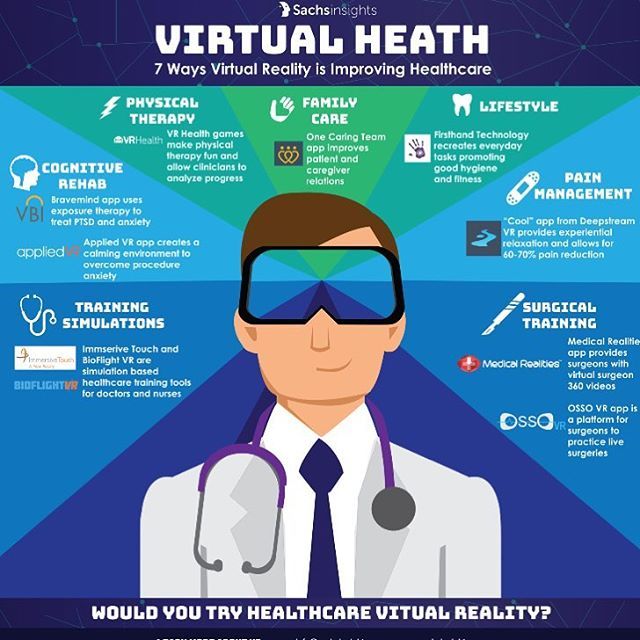 How does the patient see it? He is in a virtual space that recreates a disturbing situation - speaking in front of an audience, being in an airplane cockpit, driving a car, being placed in an MRI machine, etc. In such therapy, it is possible to develop and test in real time how to cope with a frightening situation or endure it less emotionally. In addition, unlike reality, the impact of the disturbing factor can be stopped at any time. Being in a 3D environment, you not only observe what is happening, but you can also actively participate in the process - talk, move, and the psychotherapist can change the scenario with the help of a computer program. The difference from the real situation will be in complete safety and the help of a psychotherapist at all stages. nine0003
How does the patient see it? He is in a virtual space that recreates a disturbing situation - speaking in front of an audience, being in an airplane cockpit, driving a car, being placed in an MRI machine, etc. In such therapy, it is possible to develop and test in real time how to cope with a frightening situation or endure it less emotionally. In addition, unlike reality, the impact of the disturbing factor can be stopped at any time. Being in a 3D environment, you not only observe what is happening, but you can also actively participate in the process - talk, move, and the psychotherapist can change the scenario with the help of a computer program. The difference from the real situation will be in complete safety and the help of a psychotherapist at all stages. nine0003
VR technology is a modern form of exposure therapy that is an important part of effective psychotherapeutic areas, in particular cognitive behavioral therapy (CBT) and responsibility acceptance therapy (ACT). Exposure in psychotherapy is a technique by which the patient is invited to contact a frightening or disturbing factor in a safe, controlled environment where nothing threatens him.
Most commonly used by psychologists and psychotherapists:
- imaginary exposure when the patient imagines a frightening situation while in the office
- in vivo exposure, when it is proposed to expose oneself to the action of a disturbing influence in life, but under the control of a psychotherapist or relatives
VR exposure is a qualitatively different way:
- it allows you to simulate a situation in conditions where the patient has difficulty imagining nine0066 VR helps to recreate those situations that are either impossible to access or threaten life or health
- recreates the circumstances not only visually, but also allows you to use the appropriate sound (for example, imitate laughter in the audience, the negative reaction of the interlocutor)
Psychotherapist Olga Guzhova about VR therapy
In what cases can VR therapy help?
VR technologies are not used in psychotherapy as an isolated method, they complement planned psychotherapy at a certain stage. Exposure using VR can be useful for:
Exposure using VR can be useful for:
- panic disorder (most often patients describe the manifestations as "panic attacks" in certain conditions)
- specific phobias, such as agoraphobia (fear of being in places and situations that you cannot leave), altophobia (fear of heights), claustrophobia (fear of being in confined spaces), social anxiety, aerophobia (fear of flying), fear of driving and riding in vehicles and others
- fear of medical manipulations (placement in an MRI machine, blood sampling, talking with a doctor, etc.)
- anxiety spectrum disorder (e.g. for teaching emotion regulation skills)
- chronic pain
- somatoform disorders (most often this group of conditions falls under the common term "vegetovascular dystonia": various bodily reactions that are not associated with the pathology of internal organs, but are felt as symptoms of a disease)
- teaching relaxation skills, attention regulation, mindfulness in the structure of psychotherapy of various psychiatric diseases (for example, borderline personality disorder (BPD), attention deficit hyperactivity disorder (ADHD), post-traumatic stress disorder (PTSD) and others)
Cost of services
How does a VR therapy session work?
If you have not been to a psychotherapist, it is best to consult with a specialist in advance in order to plan the exposure using VR technology. If you are already seeing a psychologist or psychotherapist, then the VR therapy session will begin for you directly with the use of VR glasses. nine0003
If you are already seeing a psychologist or psychotherapist, then the VR therapy session will begin for you directly with the use of VR glasses. nine0003
At the beginning of the session, the therapist and the patient discuss in detail what will happen during the session. Then the patient puts on glasses, and the psychotherapist manages events in a 3D environment using a special computer program. This can control the number of people in a room in an environment that simulates a public speaking environment, or turn on sudden turbulence or thunderstorms in an environment that simulates flying in an airplane.
If the patient's anxiety is intense, then before diving directly into the frightening environment, the therapist can use VRIT and various relaxation techniques - breathing practices, progressive muscle relaxation, etc. This will help you better prepare for the next exposure. VRIT can also be used on its own, for example, to correct pain. Also VRIT can be used to end a session.